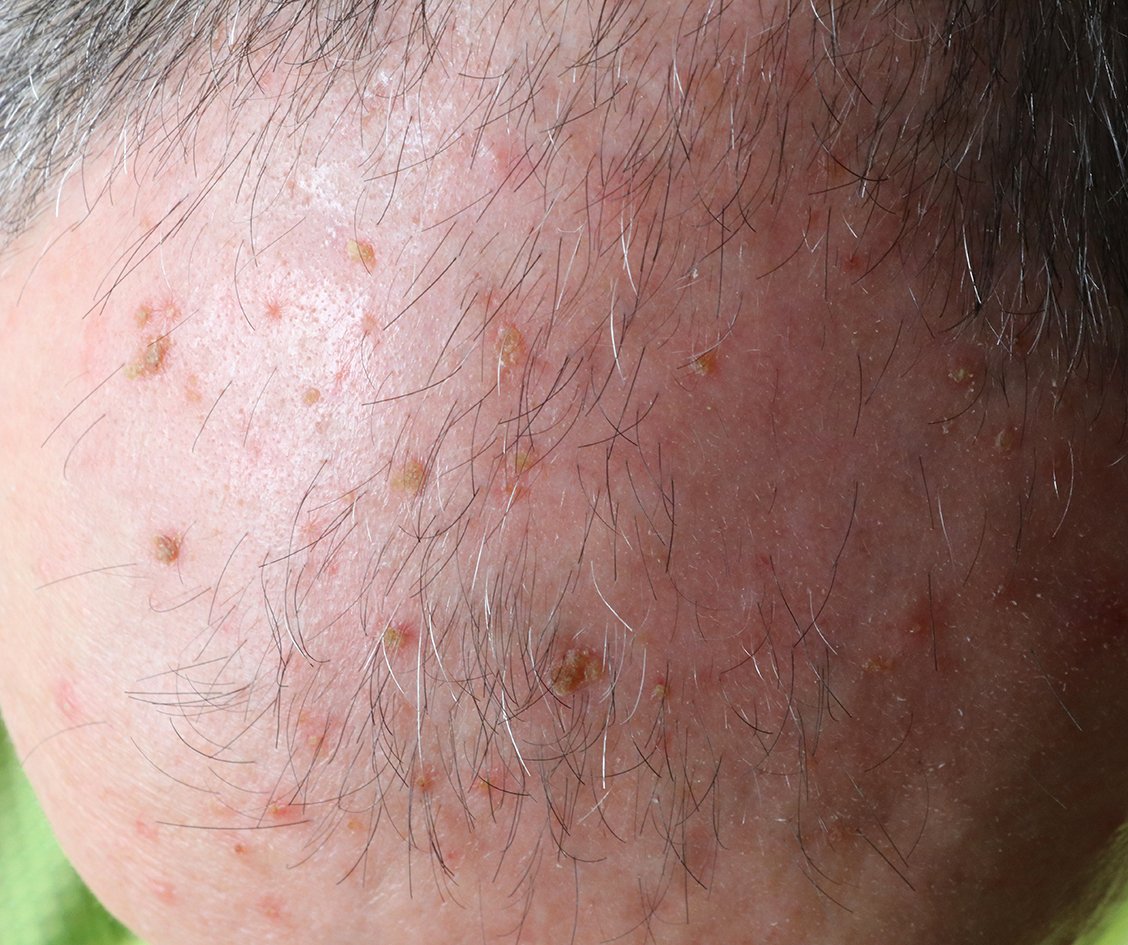Pre-Cancerous Sunspots or Actinic Keratosis
What are sunspots?
Sunspots which are also known as actinic keratoses or solar keratoses are precancerous spots that occur on the skin with sun damage. They occur in sun-exposed areas such as the face, hands, and arms and can also occur on the lower legs, especially in Australia.
We do not know exactly however many of these will turn into cancerous conditions but we believe around 10-15% will do this. It is for this reason that it is important to have good control of sunspots to prevent their transition to cancer.
Sunspots are seen more often in fair-skinned people who have had a lifetime of sun exposure. Sunspots can also be seen in people who are immunosuppressed. This means that the immune system is not functioning as well and this can occur in organ transplant patients and those on certain tablets such as prednisone.
How are sunspots treated?
Your treatment of sunspots will depend on how many you have and this will be assessed at the time of the full skin examination. If you have a few scattered spots, then the first option of treatment is with dry ice. This is also called cryotherapy and is a treatment used by a doctor in a spray form. It feels like a flick at the time of treatment. The area then becomes red, swollen, crusts-up and over the next week to two, the area falls off.
If you have a number of sunspots then field treatment can also be considered. This allows treatment of many spots at one time. There are a few ways that this can be performed and they include with topical 5-FU (Efudix), topical imiquimod (Aldara) and also photodynamic therapy. You may choose to treat only a small area such as your nose or forehead, however more often a full face treatment is required and performed.
Topical 5-FU
This is a cream that is used daily to twice daily over a period of 2-3 weeks. The area becomes quite red and crusty and can lead to good control of the sunspots.
Topical imiquimod
This works in a slightly different way and is used 3 times a week for 4-6 weeks. The effects with redness and crusting are very similar.
Photodynamic therapy
This has been recently adapted to use daylight to obtain good control of sunspots. This is a safe and effective non-surgical method as an option. It is often used in preference to 5-FU and imiquimod because the treatment time is 3 hours as opposed to 3-6 weeks. Just as with these creams, this treatment also causes redness, scaling, and then resolution over 2 weeks. Usually, only one treatment is needed but your dermatologist may advise 2 treatments if you have quite severe involvement with sunspots. If this is a treatment option for you, one of our clinic nurses will discuss this further with.
There are other options for managing sunspots and these include chemical peels, laser resurfacing, and topical diclofenac gel. At Northern Sydney Dermatology & Laser, there is a high patient preference for photodynamic therapy due to the quicker onset of the treatment and lower risk of side-effects.

